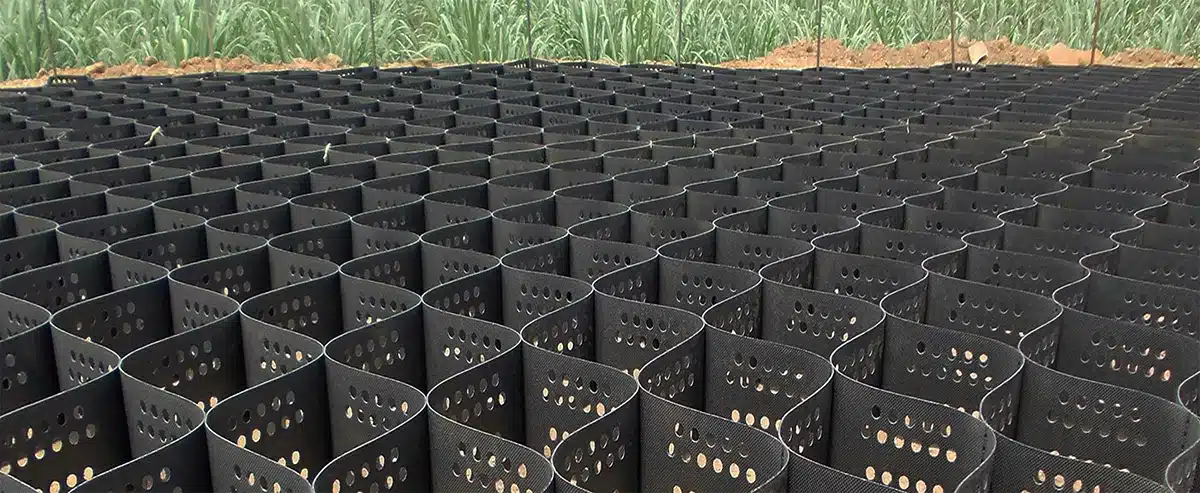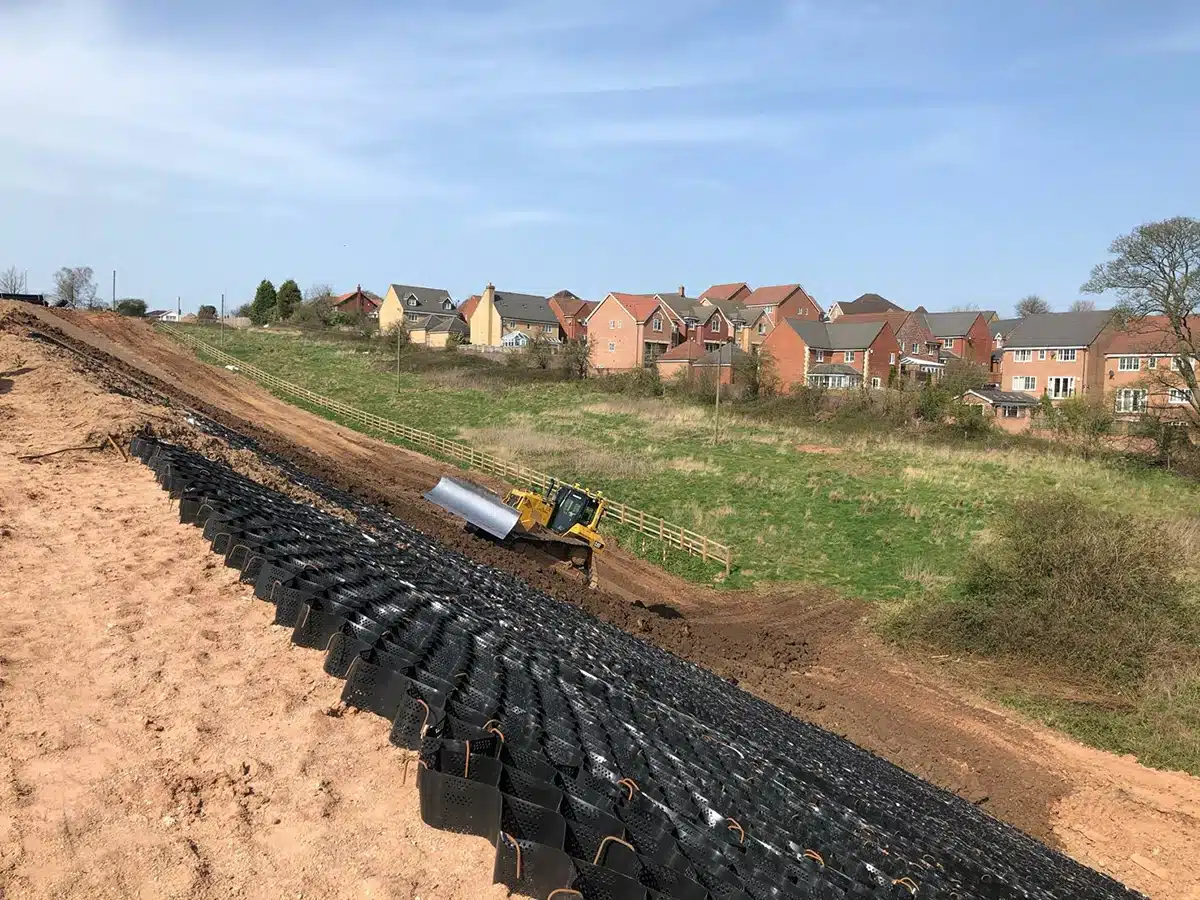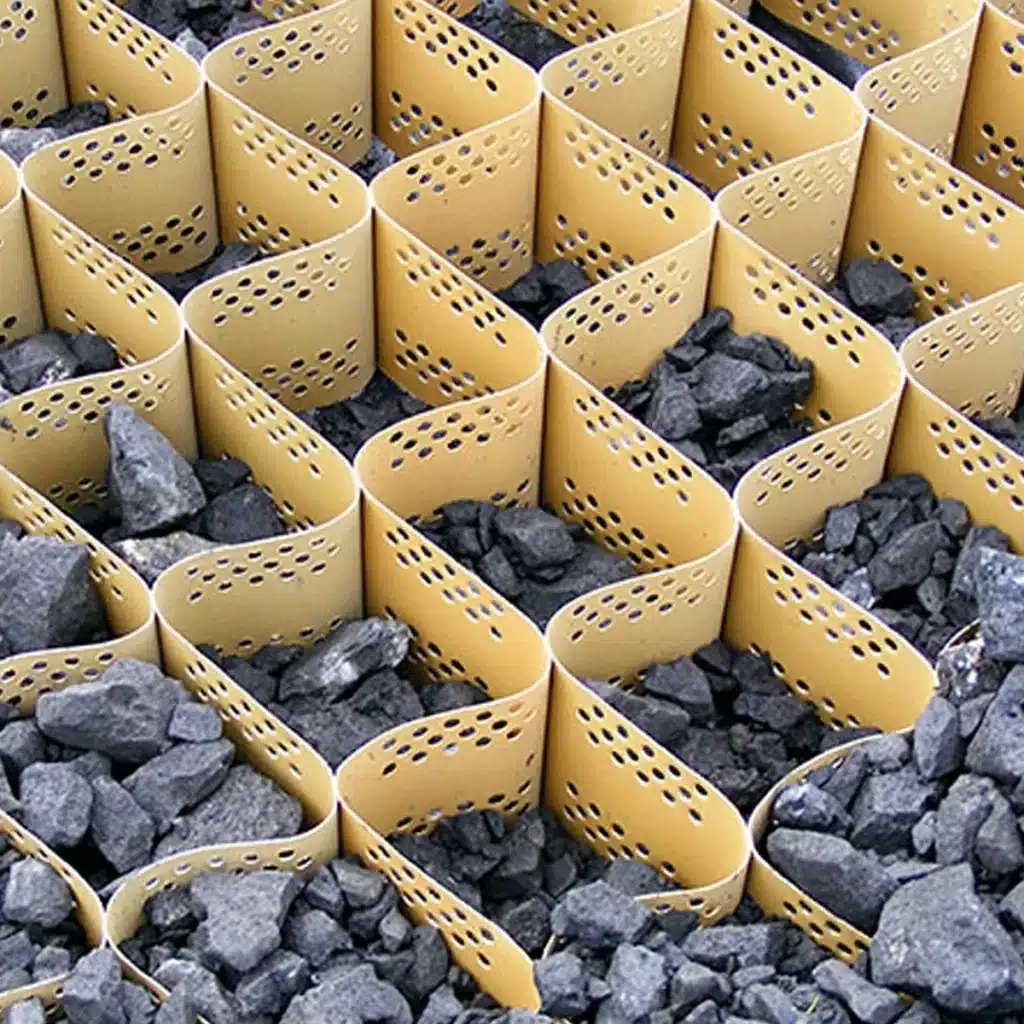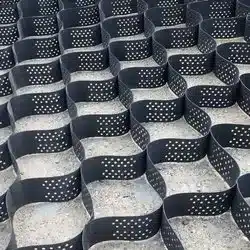Unlocking the Potential of Geocell Shed Bases for Durable and Eco-Friendly Outdoor Structures
In recent years, the quest for more sustainable and reliable construction methods has led to the adoption of innovative technologies. One such breakthrough is the geocell shed base, a solution that promises to revolutionize the way we think about laying foundations for outdoor structures such as sheds, greenhouses, and patios. This article delves into the essence of geocell shed bases, exploring their benefits, installation process, and how they compare to traditional methods, providing a comprehensive guide for homeowners and builders alike.

What is a Geocell Shed Base?
A geocell shed base is characterized by its unique structure: a three-dimensional honeycombed confinement system, made of geosynthetics, specifically high-density polyethylene (HDPE) cells. These interlocking cells form a robust grid system that can be filled with gravel, sand, or soil, offering unparalleled stability and drainage for outdoor structures. This innovative approach to foundation design not only surpasses traditional concrete or wood bases in terms of eco-friendliness and ease of installation but also demonstrates remarkable adaptability across different terrains.
How Does a Geocell Shed Base Benefit Your Outdoor Structure?
Geocell shed bases offer numerous advantages over conventional foundations. Firstly, they ensure superior drainage, preventing water accumulation and the associated structural damage. Moreover, these bases are flexible, durable, and able to bear heavy loads without damage, making them resistant to weathering, chemicals, and physical wear, and ensuring a long lifespan for your shed. The inherent flexibility of geocell technology also allows it to adapt to ground movements, significantly reducing the risk of cracking or shifting that is common with concrete bases, further highlighting its robustness and adaptability.

Is Installing a Geocell Shed Base a DIY-Friendly Project?
Yes, installing a geocell shed base is a project that many DIY enthusiasts can undertake with success. The geocell grid, made from high-density polyethylene (HDPE), polyester, or another polymer material, is laid over the prepared ground and then filled with a suitable material. While this task requires some physical labor, the installation process is straightforward and does not necessitate specialized tools or machinery. This makes it an accessible option for homeowners looking to build or upgrade their outdoor structures, offering a practical and efficient solution for enhancing the stability and durability of their projects.
How Does a Geocell Shed Base Compare to Traditional Methods?
Compared to traditional methods, a geocell shed base, available in both non-perforated and perforated geocell options, is more eco-friendly, as it uses recycled materials and minimizes the need for concrete. The choice between non-perforated and perforated geocell can be tailored to specific drainage and stability needs, enhancing the base’s environmental benefits. It’s also more cost-effective in the long run due to its durability and low maintenance requirements. Furthermore, the installation process of both types of geocell is faster and less labor-intensive, offering a practical alternative for those seeking a reliable and sustainable foundation solution.
The geocell shed base stands out as a modern solution for constructing durable, eco-friendly foundations for outdoor structures. Its benefits, including enhanced drainage, durability, and ease of installation, make it a superior choice compared to traditional methods. Whether you’re a DIY enthusiast or a professional builder, incorporating geocell technology into your projects can lead to more sustainable, cost-effective, and long-lasting outdoor structures. As we continue to seek environmentally friendly construction options, the geocell shed base represents a significant step forward in achieving these goals.



Comments
Post a Comment